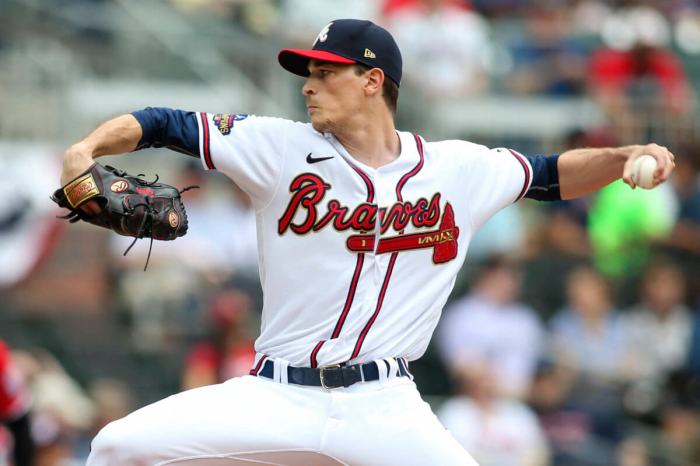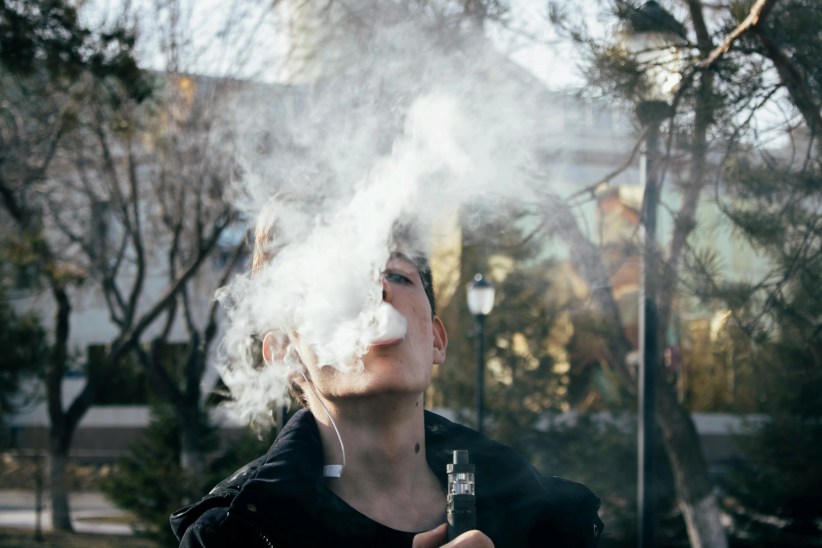By The Times/Ledger
Woodhaven is to the south of Forest Park. John R. Pikin developed this community in 1835. It was named Woodville for the Wood family of that vicinity. At a public meeting of residents on July 30, 1853, the name was changed to Woodhaven. After elevated lines were extended along Liberty Ave. (1915) and Jamaica Ave. (1917) blocks of houses were erected and thousands of Italians and Irish moved to the neighborhood. From 1970 the neighborhood attracted a number of African-Americans, Latin Americans, and immigrants from Guyana, Jamaica, and China. The character of Woodhaven remains suburban with a variety of shopping along Jamaica Ave. between Forest Parkway and Woodhaven Blvd. More info: Greater Woodhaven BID, 805-2929.
A neighborhood in east central Queens next to Woodhaven is Richmond Hill, purchased in 1689 by Alban P. Man. It seems probable that Mr. Man named it for his associate, Edward Richmond, and because of its position beside the hill. Some say it was named for Richmond Hill, England. The population was mostly German and Irish until an influx of Latin Americans began after 1975. In the 1980s almost 40 percent of the immigrants who settled in Richmond Hill were from Guyana; others were from the Dominican Republic, Colombia, Ecuador, India and Jamaica. Richmond Hill is a well-maintained residential neighborhood that retains many elegant structures from the turn of the century. The center of the neighborhood is the Triangle, formed by the intersection of Lefferts Blvd. with Myrtle and Jamaica Aves.
South of Woodhaven, Richmond Hill and Jamaica are the towns of Ozone Park, South Ozone & Howard Beach. Ozone Park was planned about 1880 by Benjamin W. Hitchcock and named for the invigorating air from the ocean and bay that swept the section. It is home to the Aqueduct Racetrack, the last remaining venue for horse racing in New York City, opened in 1894 and extensively renovated in 1959. In the mid-1990s Ozone Park was a modest, middle-class community of one and two family frame houses. Most inhabitants were of German, Irish, Italian, and Eastern European ancestry, and there was also a growing number of African-Americans and immigrants from the Caribbean and Latin America.
More info: Community Board 9, 286-2686.

































